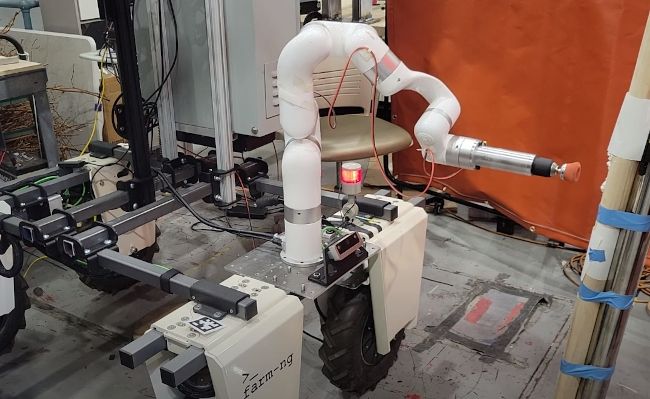Modern advancements in artificial intelligence are getting closer to creating true digital twins of humanity. However, most models remain merely virtual embodiments of consciousness, devoid of a physical body. This aspect becomes particularly relevant given recent trends related to the development of physical AI platforms.
The Emergence of the New Project AheadForm
One prominent example of this new approach is the Chinese startup AheadForm, which has introduced its first creation—the ELF V1. It’s the head section of an anthropomorphic robot characterized by a high degree of realism.
What Are Modern Humanoids Missing? Emotional Depth Versus Technological Spectacle
In light of renewed interest in «physical AI» and human-like robots such as AheadForm's ELF V1, an important question arises: why do these projects still seem like technological curiosities rather than integral parts of our lives despite their impressive realism and functionality?
Today's humanoids focus on hyper-realistic facial expressions, smooth speech, and narrowly specialized applications (service, education, medicine), but overlook the key element—authentic emotional connection.
1. Humanoids versus «Emotional Voids»
Chinese startups, along with many others, concentrate on practicality: consultation robots, teaching robots, caregiving robots. But humans interact not just with functionalities but also with personalities—even if they’re artificial. Current androids can mimic emotions but don’t actually experience them.
Example:
- Japan's Robear (robot bear for elderly care) is technically efficient yet lacks warmth.
- Ameca from Engineered Arts amazes with its realism but remains a «digital actor»
What if ELF V1 could not only answer questions but form emotional memories? For instance, remembering user moods and adapting communication style, showing empathy instead of logic.
2. Physical AI Is Not Just About the Body, It's Also About the ‘Soul’
The trend toward embodied AI often boils down to mechanical presence. Yet, the real value of a humanoid lies in overcoming the «uncanny valley effect» through:
- Unpredictability—not just scripted reactions but elements of spontaneity (like living beings).
- Ethical transparency—if a medical or educational robot makes decisions, it should be clear what they're based on.
3. Personal Assistants of the Future: Friend or Tool?
AheadForm claims to develop personal AI assistants. To become part of homes, however, these robots need more than appointment reminders; they must:
- Build long-term relationships with owners (analyze habits, anticipate desires).
- Have vulnerabilities—for example, asking for help when misunderstanding requests, demonstrating not omnipotence but «humanity»
Humanoids Lack «Life»
Projects like ELF V1 represent breakthroughs in engineering. The next step would be robots that don't simply look human but participate in emotional exchanges. If AheadForm adds not only realism but also artificial subjectivity to its design, it might transform humanoids from being mere «technological toys» into fully-fledged social agents.


















